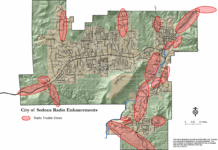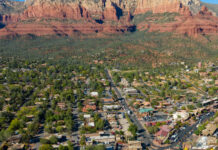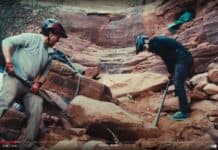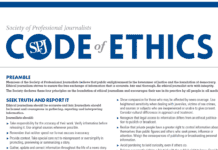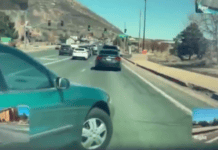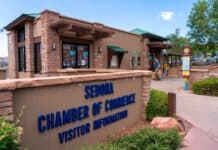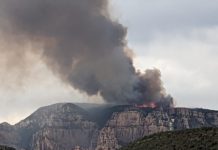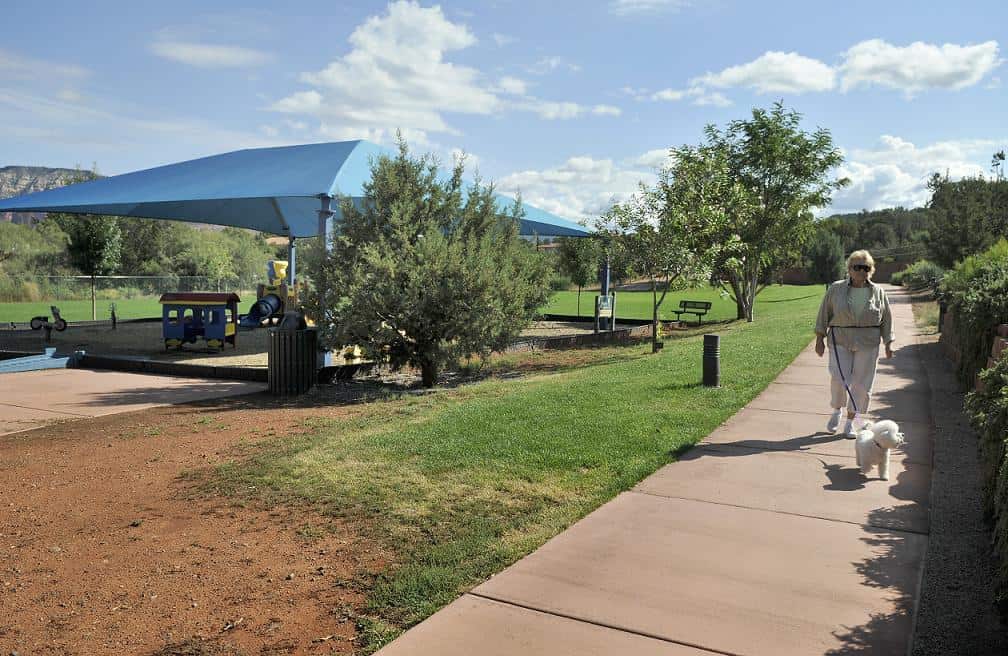Public open space are absolutely vital to Arizonans for both communal and economic reasons, according to report released by Arizona Forward on Sunday, Sept. 11.
Most Arizonans, however, say they are ignorant about how those open spaces are funded, according to Arizona Forward.
In a study conducted by WestGroup Research on behalf of Arizona Forward, 23 percent of Arizona residents visit a park or recreation area weekly while 83 percent of Arizona residents do so at least once a year.
Even those who don’t visit still value parks’ contribution to Arizona — 93 percent of those in the survey say parks and open space are essential to Arizona’s tourism economy and 74 percent rate open spaces as personally important to them.
A 2009 Gallup poll cited in the report showed Arizona residents chose “beauty or physical setting” as more important than 12 other factors, including education, affordable housing and transportation.
Despite the importance of green spaces, the study reveals 80 percent of respondents have little to no idea how local and state parks are funded.
According to the report, the 5.5 million Arizona residents who visit parks generate $350 million in sales tax, $5 billion in retail services and pay for the private sector jobs of 82,000 people across the state.
According to study on visits to federal open spaces, every $1 spent generates $4 in economic benefit through private sector spending.
Sedona Parks
Community parks are generally paid for and maintained by local municipalities. Sedona’s parks operate on a budget of $331,680, according to Director of Community Services and Arts and Culture Andi Welsh.
The entire budget is taken from the city’s General Fund, which is provided through sales tax.
“We compete for funding just like the police department or public works competes,” Welsh said.
The budget funds running the parks and programming recreational events. The Parks and Recreation Department also runs the Sedona Community Pool, which is owned by the Sedona-Oak Creek School District.
An additional $50,000 in maintenance costs are funded by the Public Works Department, according to Assistant City Engineer Andy Dickey. Those costs include repairs to existing equipment, trash collection and pool chemicals.
Sedona has more than 90 acres of public parks:
- At 78.63 acres, Posse Grounds Park was the city’s first and is by far the largest. The park complex includes the Sedona Teen Center, the Sedona Dog Park, the Jack Malmgren Memorial Skate Park and athletic fields.
- Sunset Park, 7.46 acres, is Sedona’s newest park.
- Jordan Historical Park, 4.80 acres, is located on the former homestead of Walter and Ruth Jordan in Uptown. The Sedona Heritage Museum is located on the site.
Three city “pocket parks” include:
- Jack Jamesen Memorial Park, 0.38 acres, at the intersection of Northview Drive at State Route 89A.
- Sedona’s Botanical Garden, 0.28 acres, adjacent to Dry Creek Road south of State Route 89A.
- Greyback Park, 0.27 acres, on Dry Creek Road a quarter mile north of the intersection with State Route 89A.
Parks and Recreation’s programming budget funds numerous events at parks throughout the year, such the Community Campout at Sunset Park, Pumpkin Splash at the pool, Celebration of Spring and A Dog’s Day Out at Posse Grounds, and Breakfast with Santa at the Sedona Teen Center.
“Celebration of Spring is definitely our biggest event. Last year we had 1,200 people attend that event,” Welsh said.
Last year’s Pumpkin Splash sold out at 120 participants. The remodeled pool can host 300 now, and Welsh said she hopes it sells out, too.
A new addition this October is the Red Mud Run, an obstacle course race that ends in a mud pit. The race has been highly anticipated and the city expects 500 attendees, Welsh said.
“We’re also in the middle of a Parks and Recreation Master Plan process,” Welsh said. The plan will focus on the next 10 years of Parks and Rec programming and facilities.
“We want to make sure what we’re doing is in line with what the community desires,” she said.
Arizona State Lands
The Arizona Game and Fish Department maintains wildlife resources with lands in the southwest corner of the state.
The Arizona State Land Department holds more than 10 million acres to benefit public institutions, with 87 percent of revenues directed to education. Another 9.3 million acres is meant to be leased or sold for public benefit.
In contrast to local parks, the 30 Arizona State Parks are visited slightly more by tourists than residents. State parks are funded through entrance fees and the state’s General Fund.
The state parks’ budget has been cut since the start of the recession, resulting in the threat of temporary closure of several parks. Currently three state parks remained closed.
Slide Rock State Park in Oak Creek Canyon, Red Rock State Park southwest of Sedona, Dead Horse Ranch State Park and the Verde River Greenway in Cottonwood, Fort Verde State Historic Park in Camp Verde and Jerome State Historic Park in Jerome are the nearest state parks.
All are funded by the state.
Heritage Fund
Beginning in 1990, the Heritage Initiative allocated $20 million a year from Arizona State Lottery revenue split evenly between Arizona State Parks and the Arizona Game and Fish Department.
Facing the recession, the Arizona Legislature eliminated the fund in March 2010 by adding those revenues to the state’s General Fund.
Aside from funding Arizona State Parks, the money also went to the Historic Preservation Heritage Grant Fund Program and the Local, Regional and State Parks Heritage Fund.
The Sedona Cultural Park was one recipient of an LRSP grant but when the organization running it collapsed, the city had to find a way to transfer the 25-year obligation or it would be forced to repay the already-spent funds, said Alison Zelms, Sedona assistant city manager. City staff is currently attempting to transfer that obligation to the Barbara Antonsen Memorial Park.
The League of Arizona Cities and Towns has proposed a resolution that the Arizona State Legislature reinstate the fund, Zelms said.
Federal Lands
Federal open spaces in Arizona include lands owned and maintained by the National Park Service, the U.S. Forest Service, the Bureau of Reclamation, which manages water resources, the U.S. Fish and Wildlife Service, and Bureau of Indian Affairs, which works with on land management with the state’s 22 American Indian tribes.
Funds for these open spaces come from various federal agencies.
Arizona Forward
Arizona Forward is a nonpartisan public-private partnership that grew from the 42-year-old Valley Forward Association nonprofit. Both are dedicated to improve quality of life and the vitality of towns and cities in Arizona.


